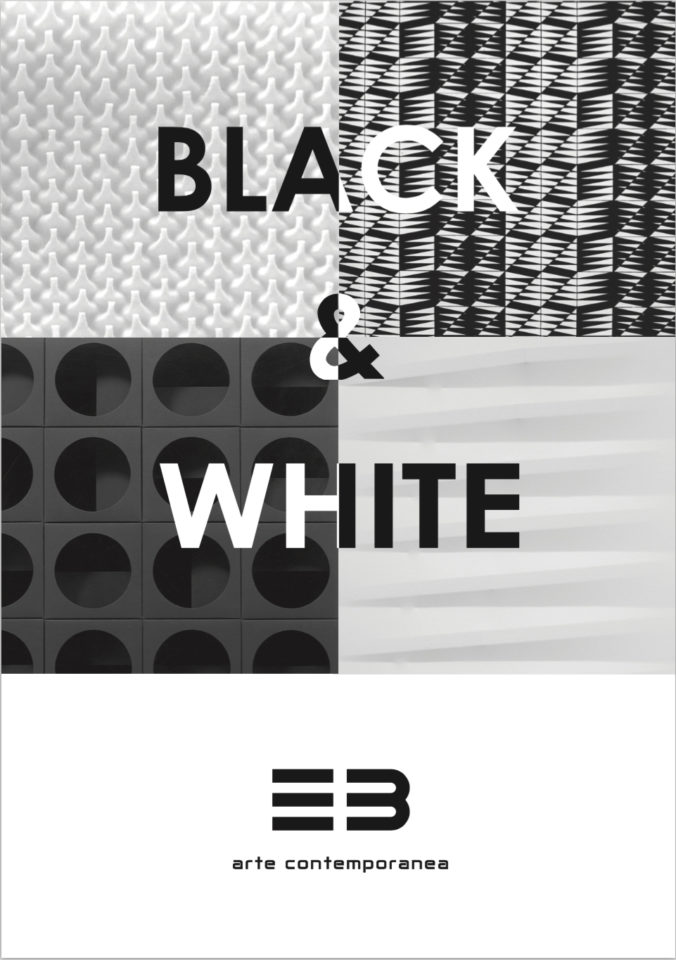BLACK & WHITE
a cura di Alberto Rigoni
Black & White
In the ancient oriental game of go, as happens also for checkers and chess, the eternal struggle between white and black is proposed. Unlike the last two, however, the first one does not rely on the annihilation of the opponent or on the assault on a decisive goal . In go, what matters is the implementation of a strategy, through simple rules, for taking possession of as much territory as possible on the playing field. This territory, however, is not conquered by occupation, but by delimitation: through its pawns, black and white mark the field tending to include as empty as possible. The game ends when neither side believes they can make an effective move: at that point they mutually agree on the situation on the field and the outcome of the battle is established. If still needed, the example of the go is yet another confirmation of how the black-white duality carries in itself values of inexhaustible interest and allows, through a seemingly simple dichotomy, a re-reflection on multiple levels. That’s why the artist has always accepted the challenge of black and white and has always ventured into this exploration, de-nition and delimitation of territories. In the duality which is the twin of all the other dualities of the event (day and night, the male and the female, the high and the low, the heat and the cold and so on) all explorations, de nitions and possible delimitations, as well as in the battlefield of the go, new strategies are possible.
In the binary simplicity of the challenge lies the multiplicity and the artists gathered in this collective that opens the activity of E3 Contemporary Art do not give up, each according to their own modalities, to face the enterprise: for Claudioadami the canvas or the white sheet are the idea of super blind as black ink is the idea of color; for Bonalumi, Dadamaino and Scheggi both colors are the essence of monochrome, from which to investigate space; for Biasi they are actors of the kinetic show that occurs on the twist; for a pre-analytical Zappettini are constituent elements of a refined and methodical structure; for a post-analytical Cotani they are shadows and lights that re ect the passage of life on the canvas. For the young Cella and Gironi, in the end, they are tools of the trade with which they have started to confront and that they will still give much to their research if they have the patience and perseverance of a go player, putting stone after stone an extra piece for mark an empty space with your strategy.



